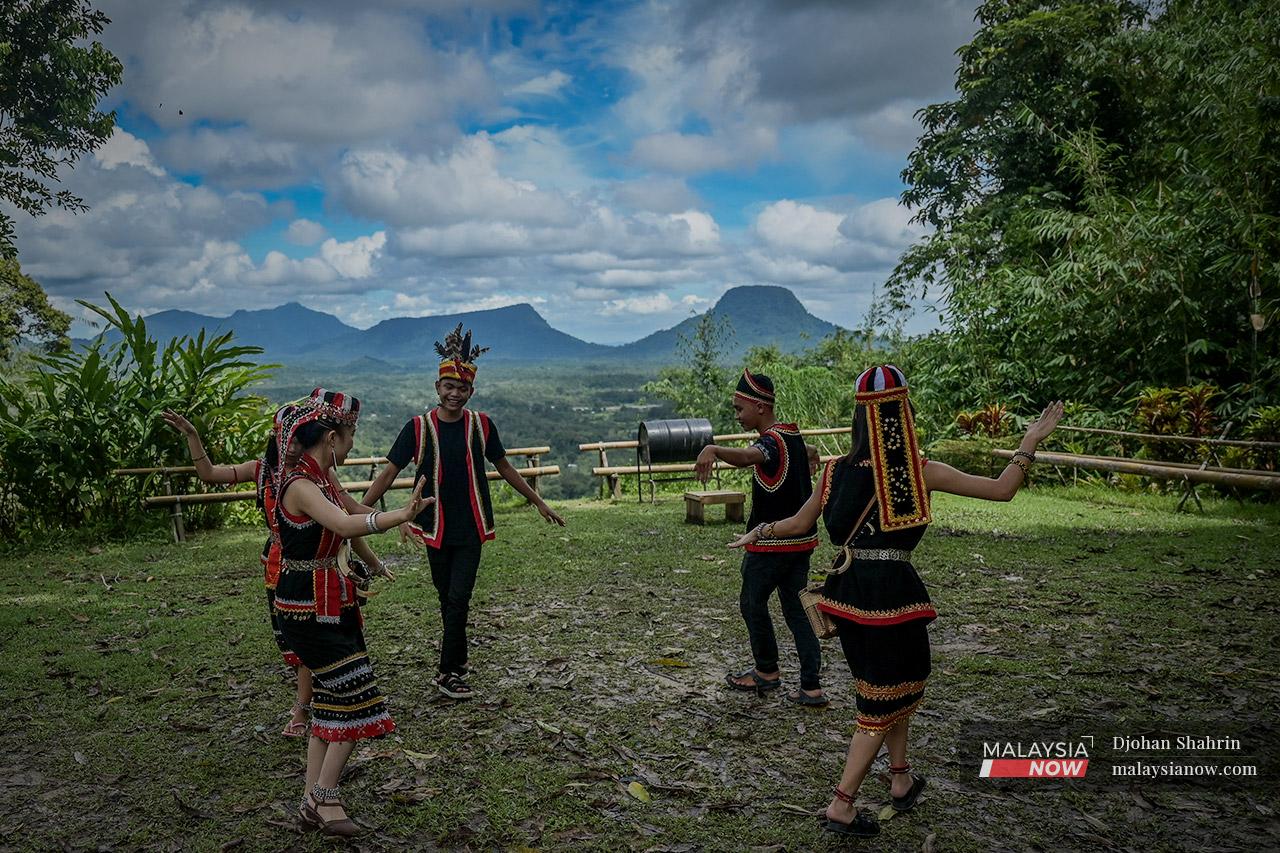Gallery
Christmas with the Bidayuh
The largely Christian minority live deep in the interior of Sarawak, passing on their traditions and culture from one generation to the next.
Djohan Shahrin
3 minute read
Share
- Advertisement -
Just In

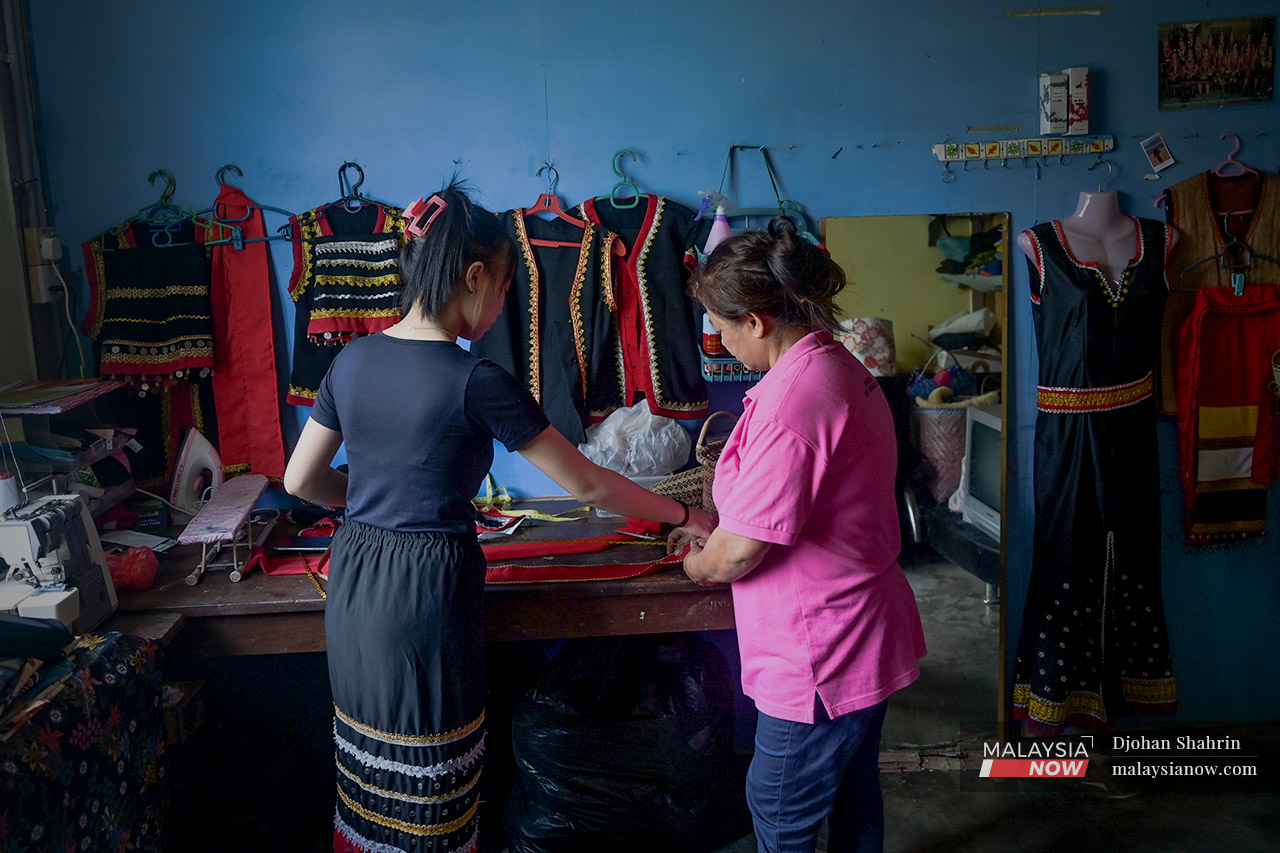

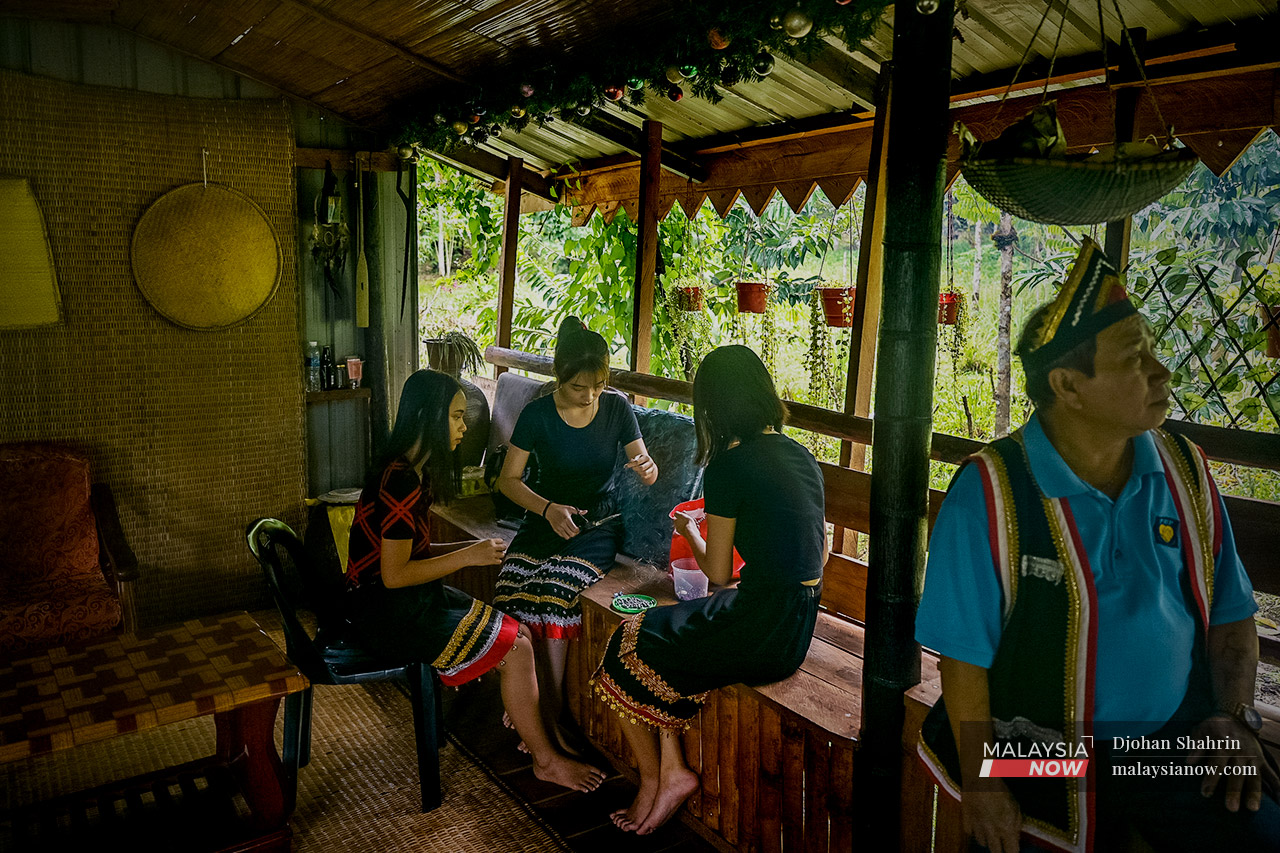
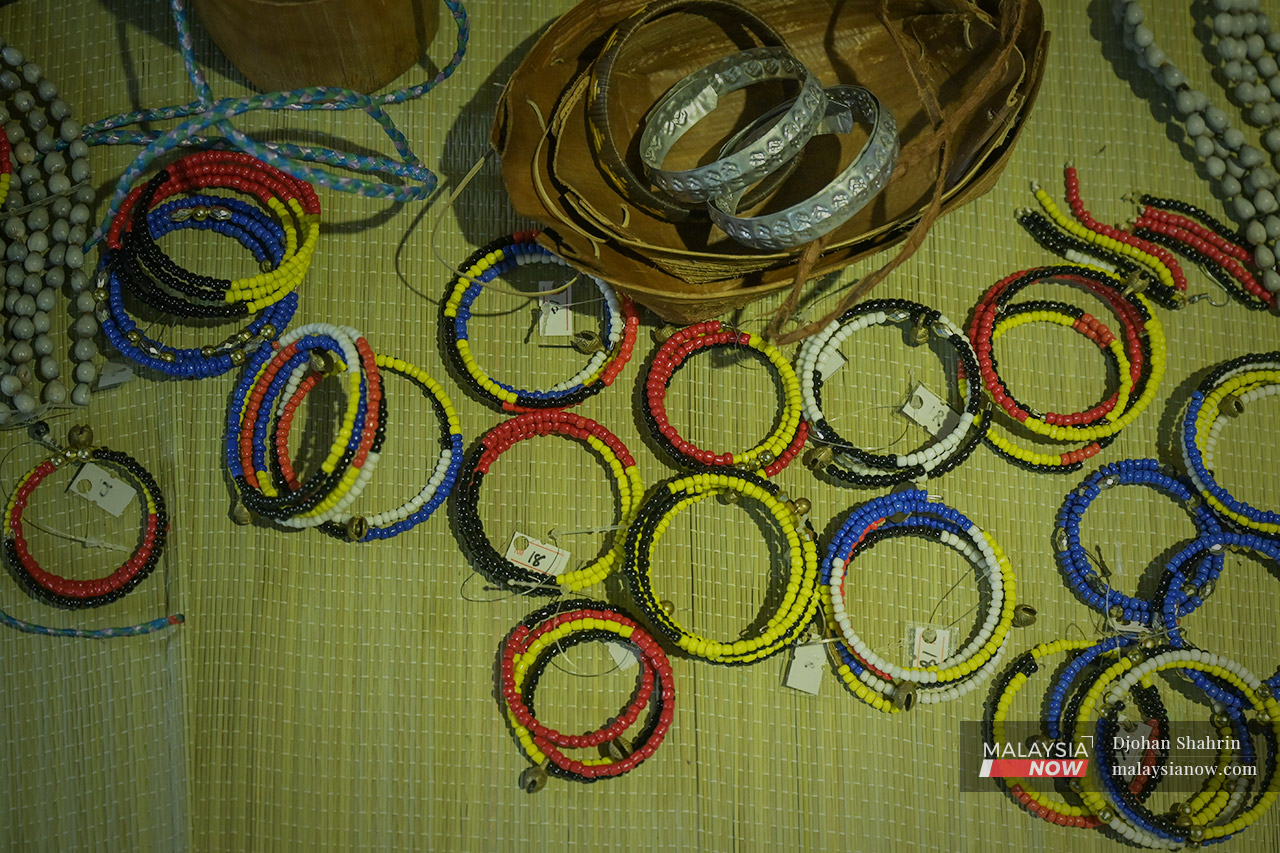





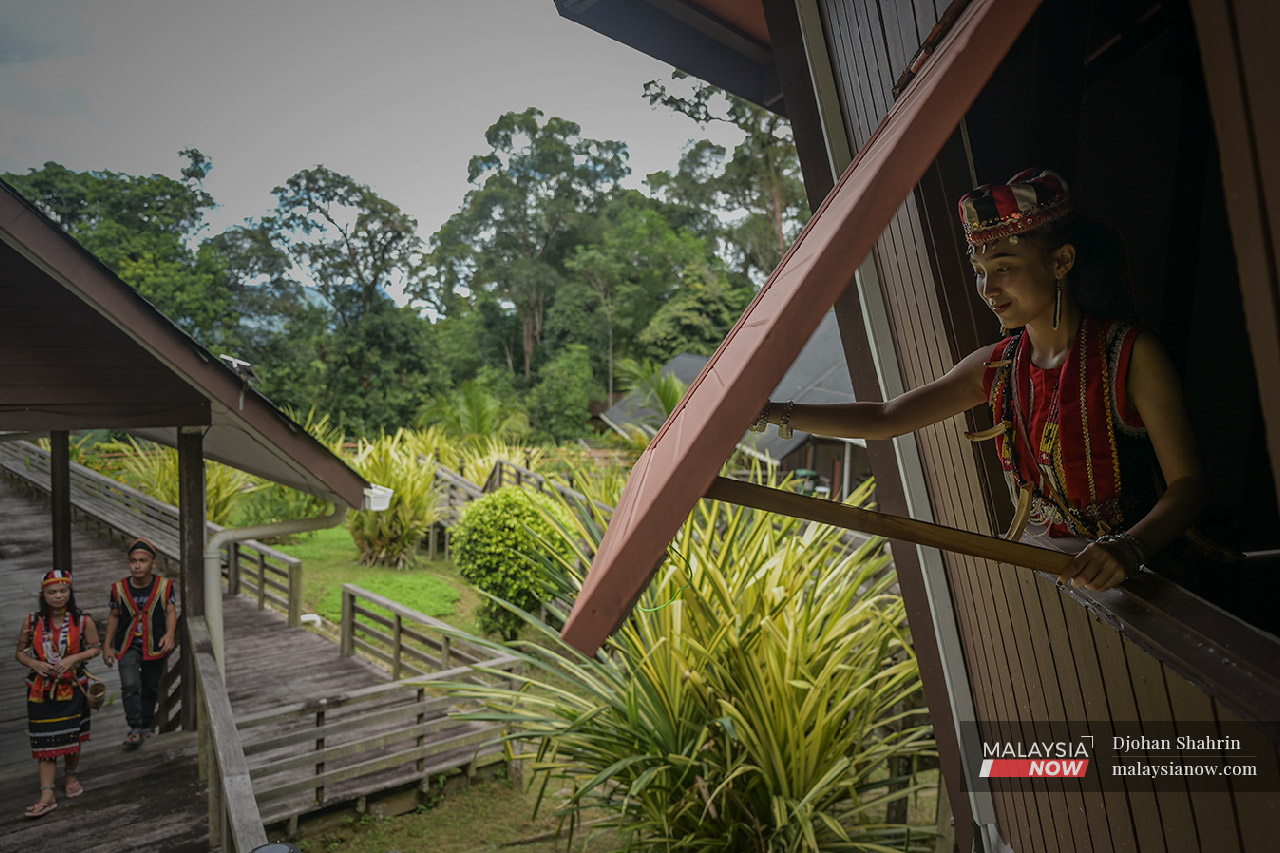





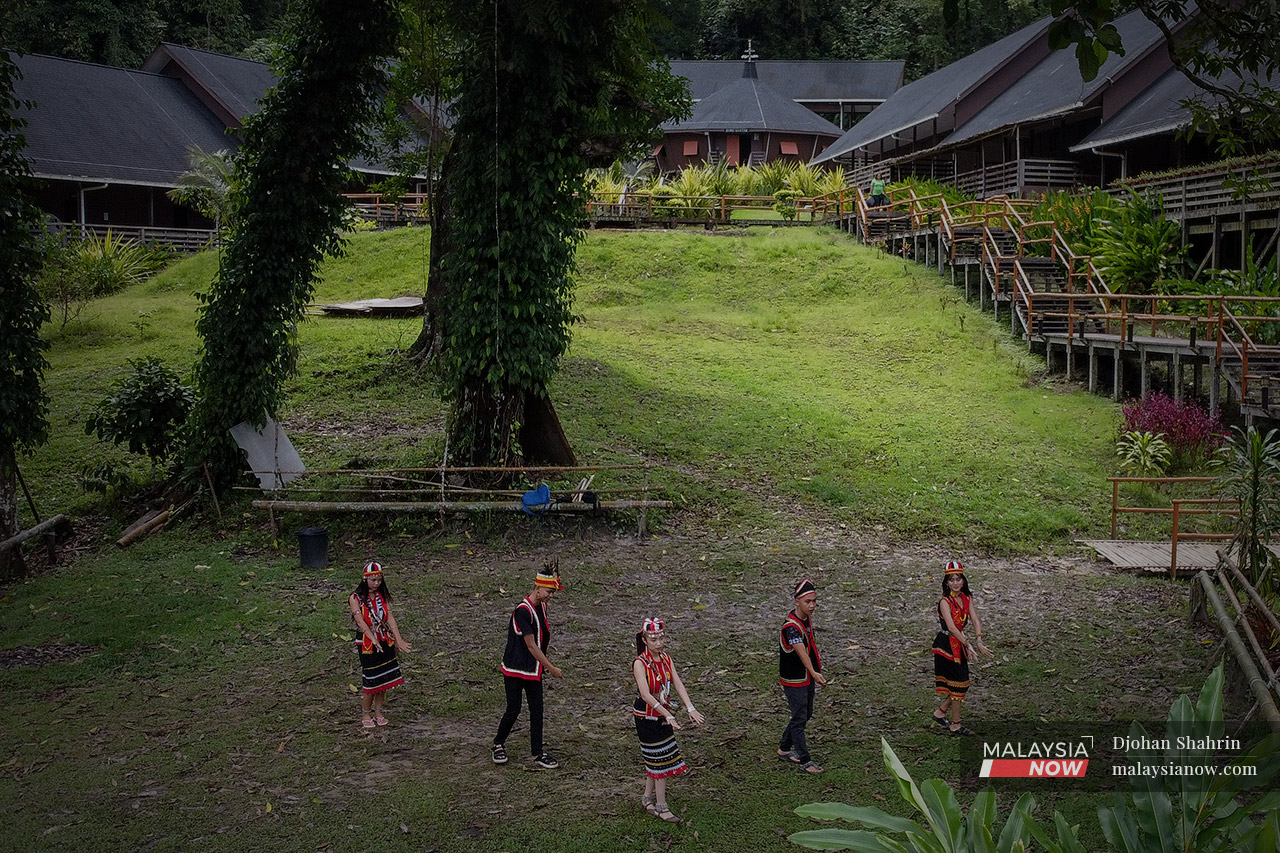

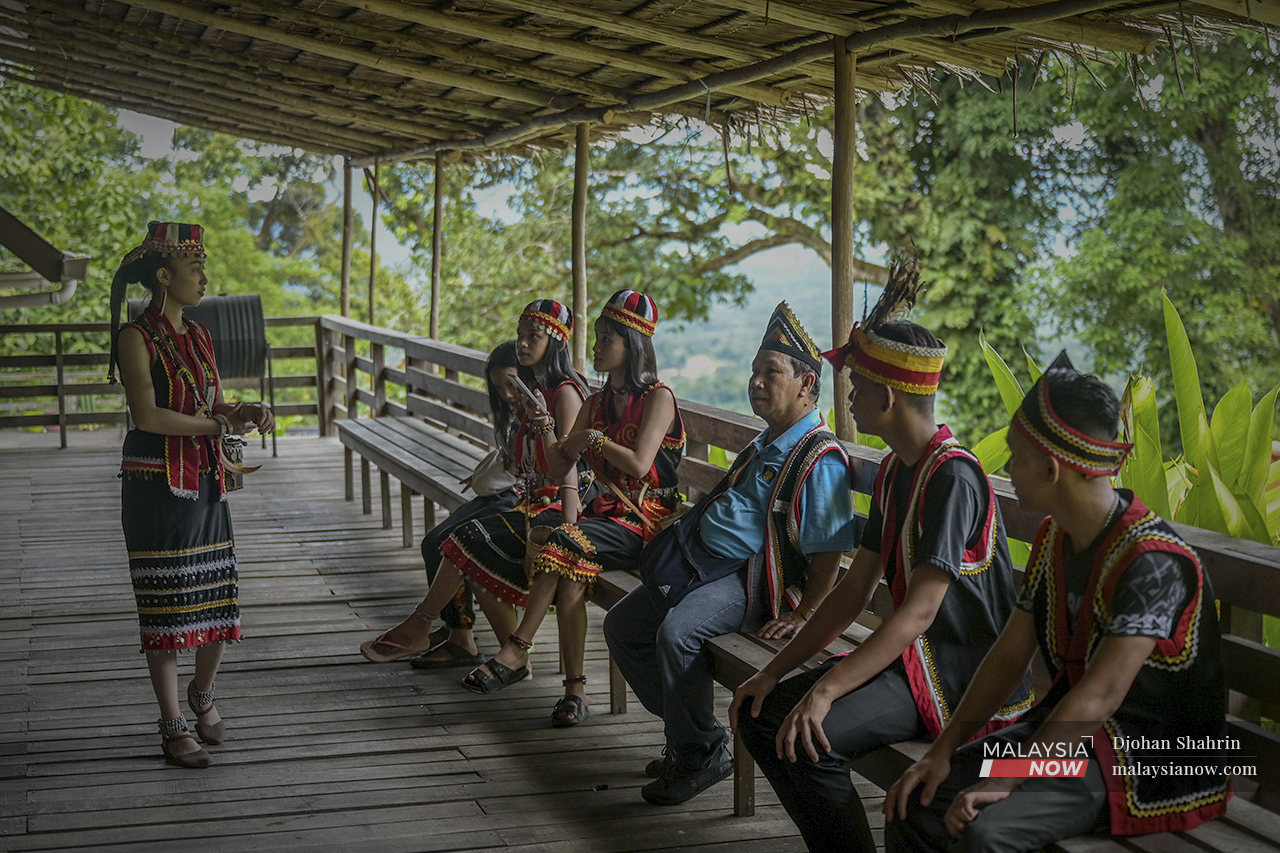













Subscribe to our newsletter
To be updated with all the latest news and analyses daily.
Share
- Advertisement -
Most Read
No articles found.
